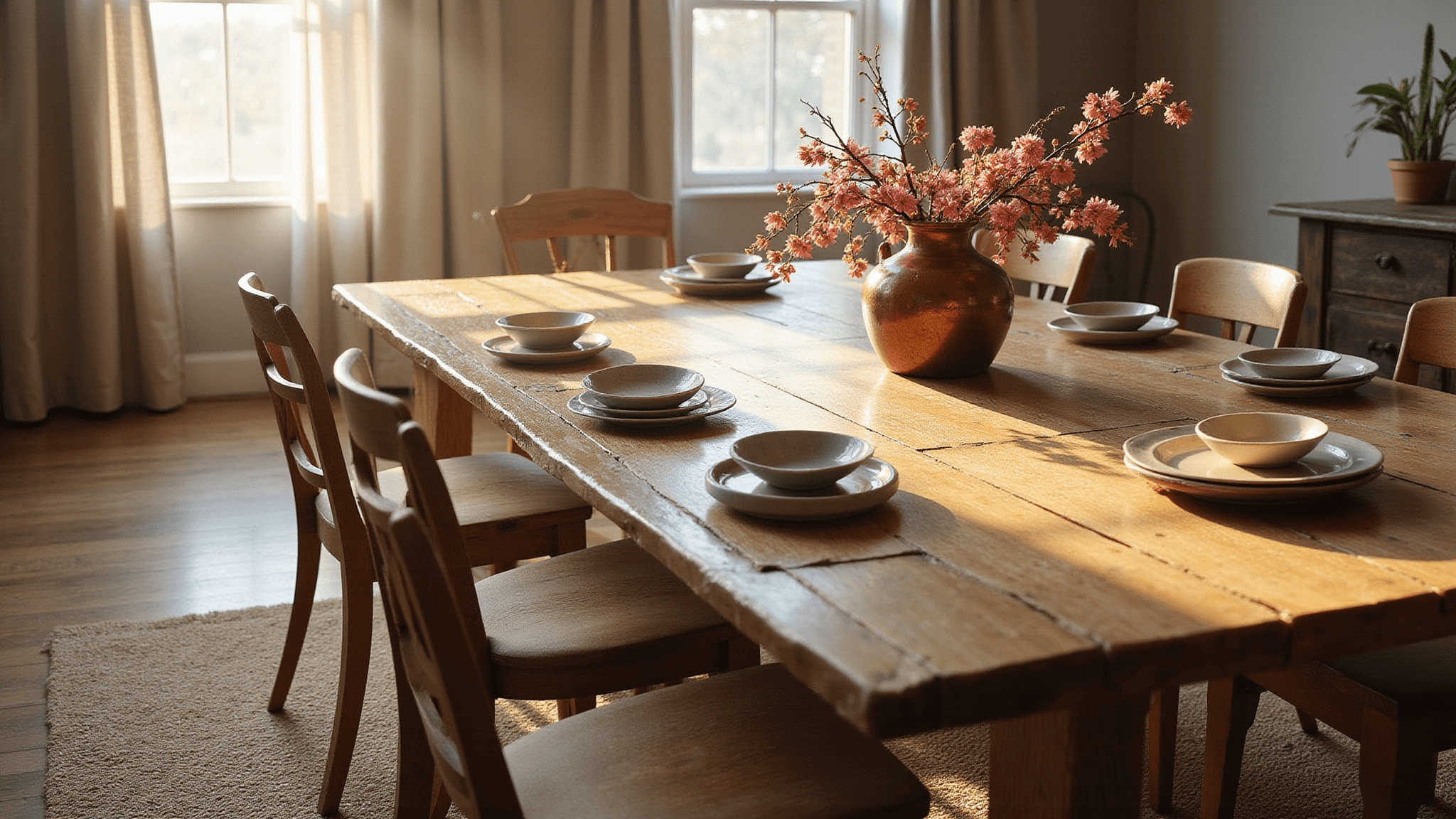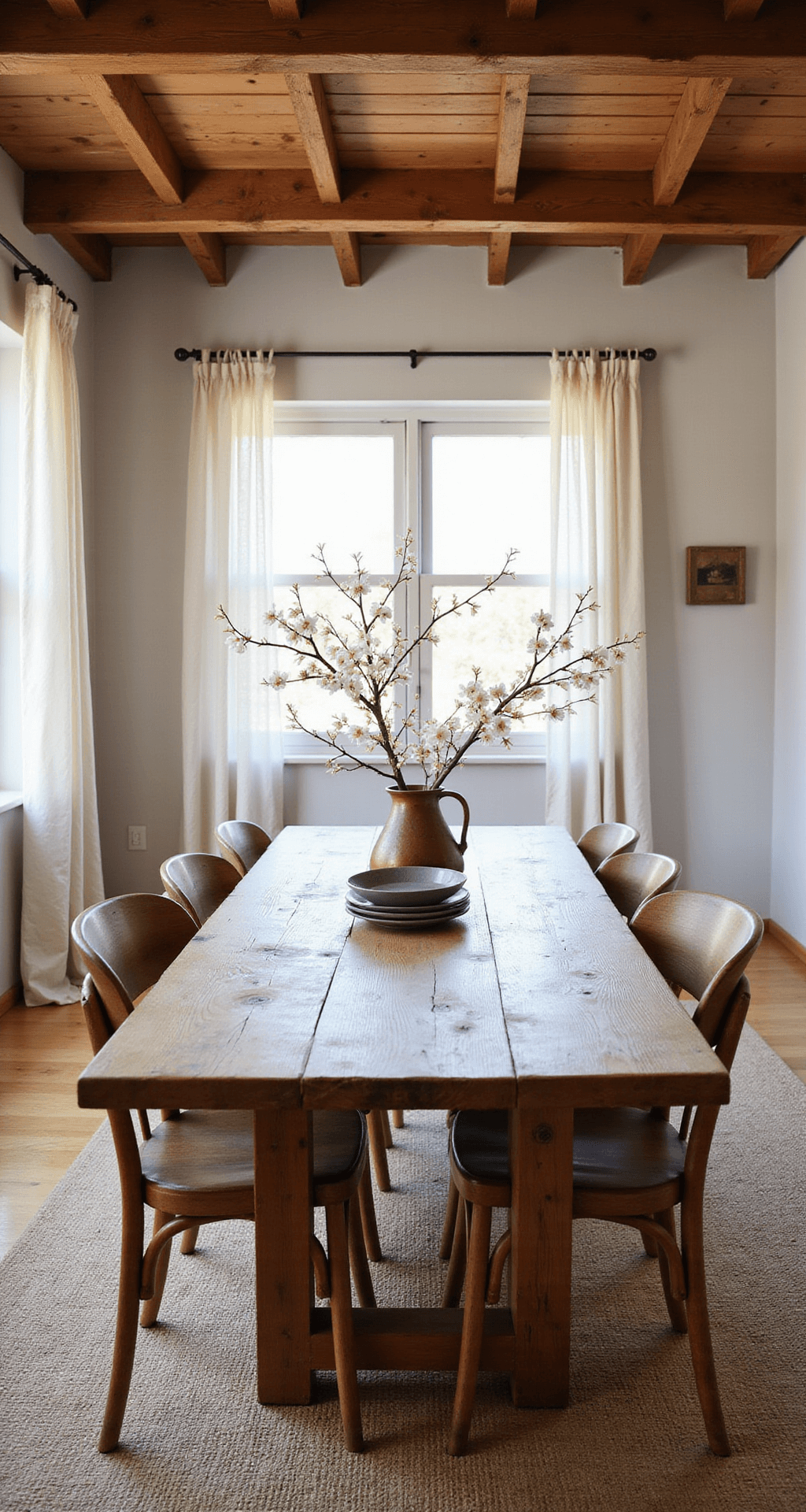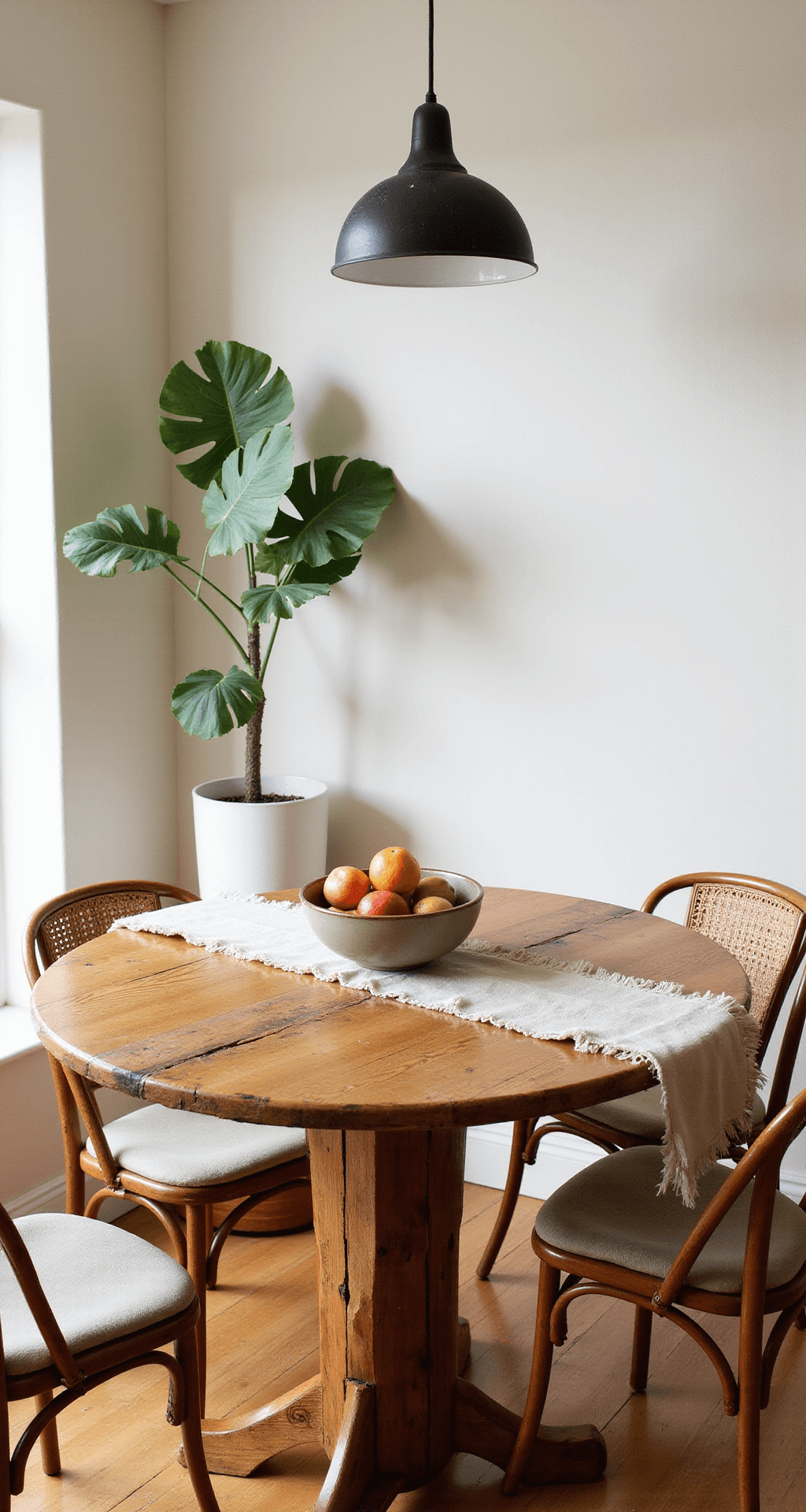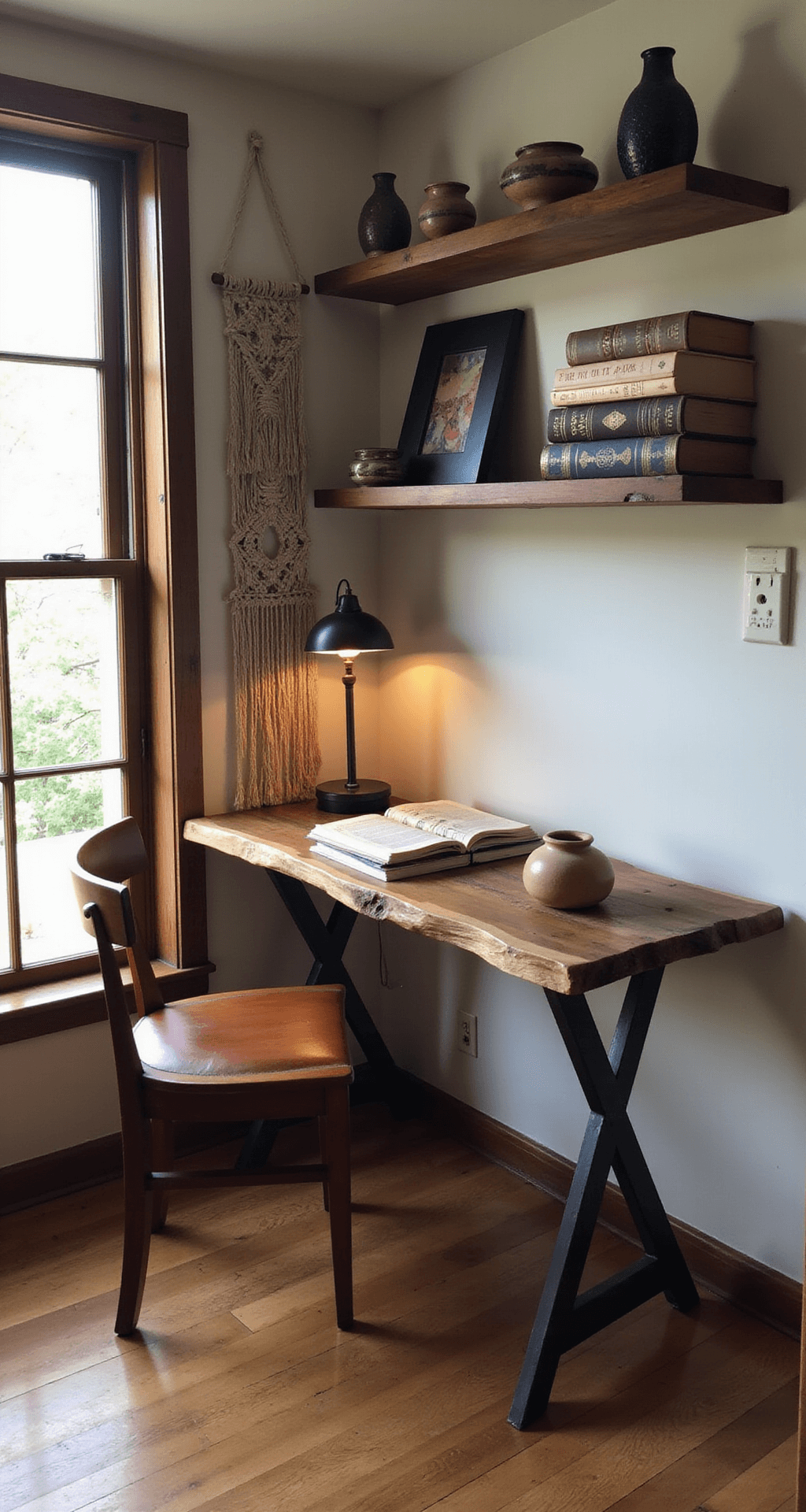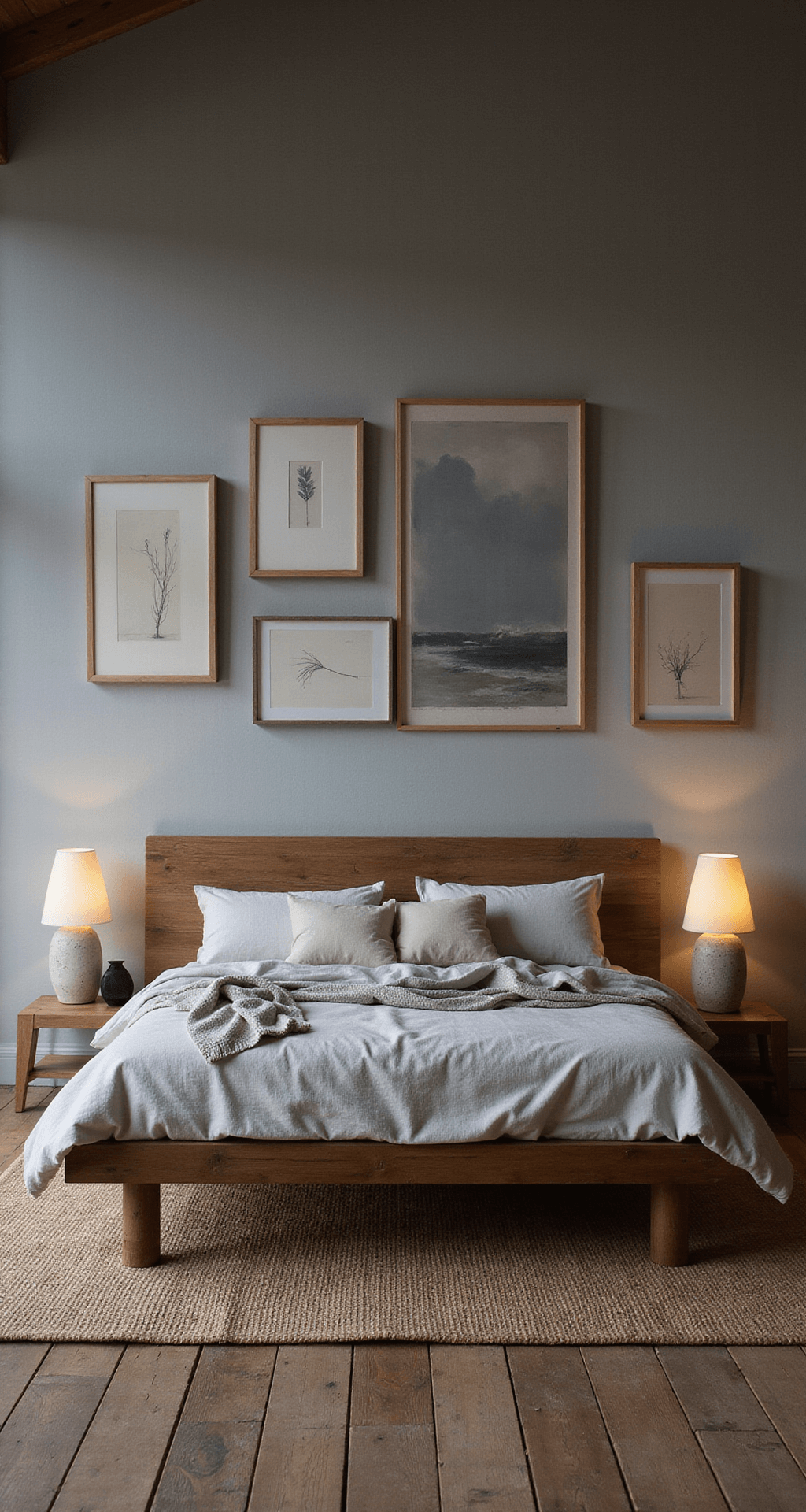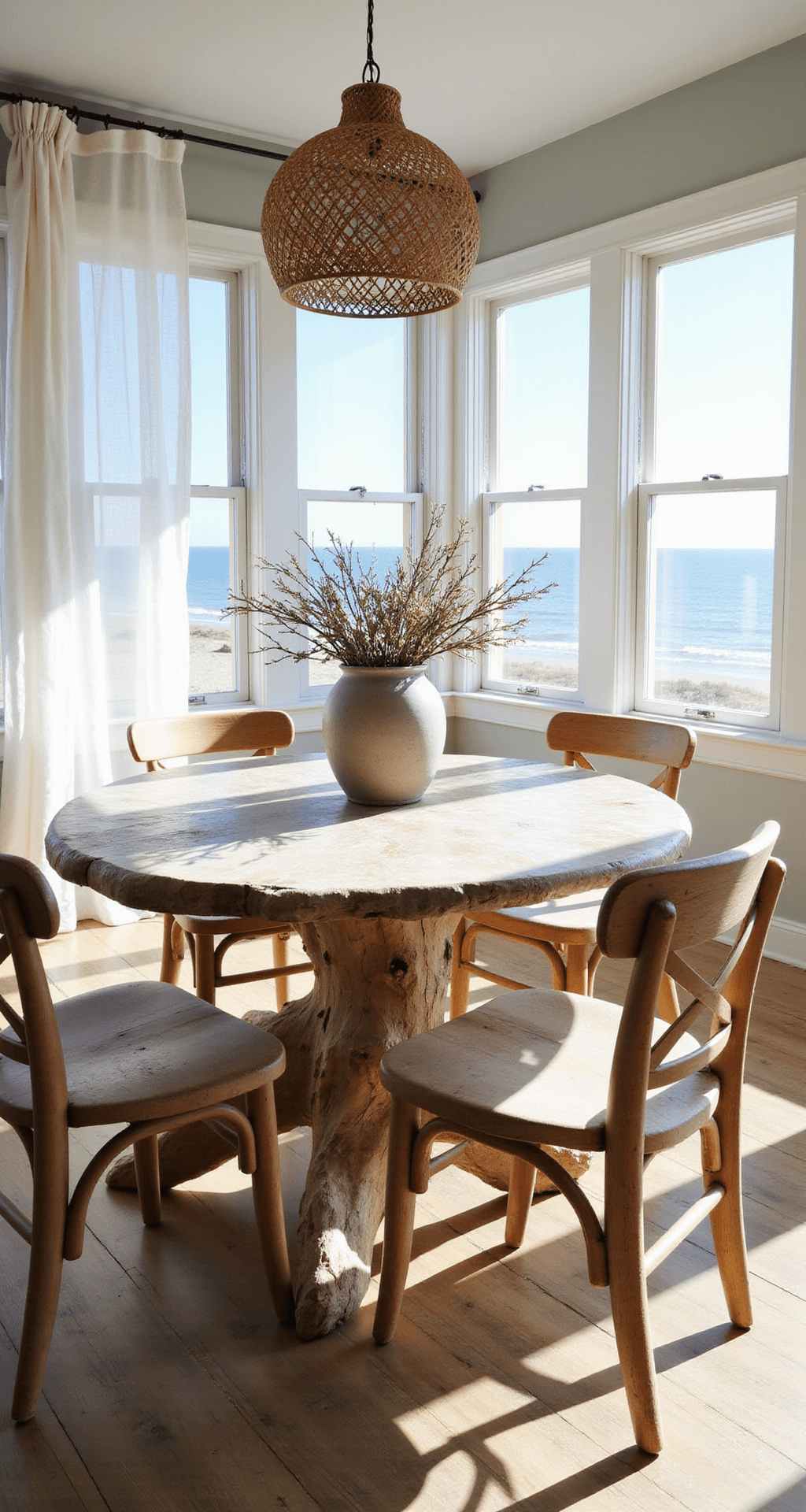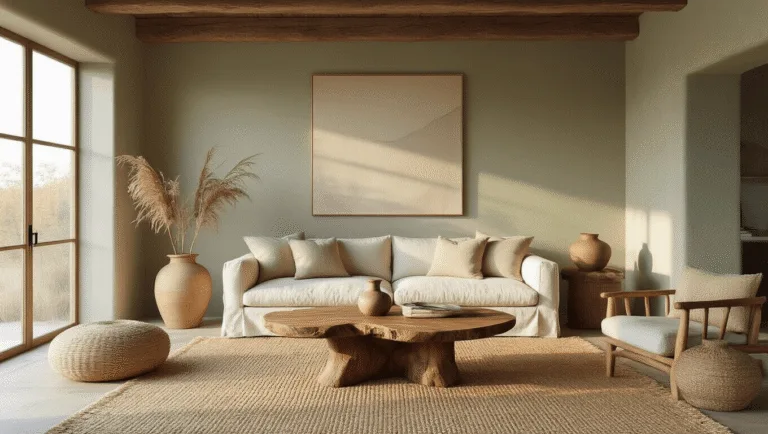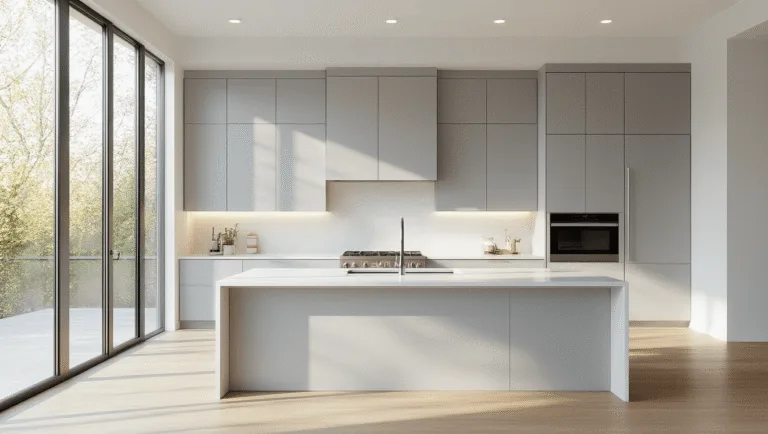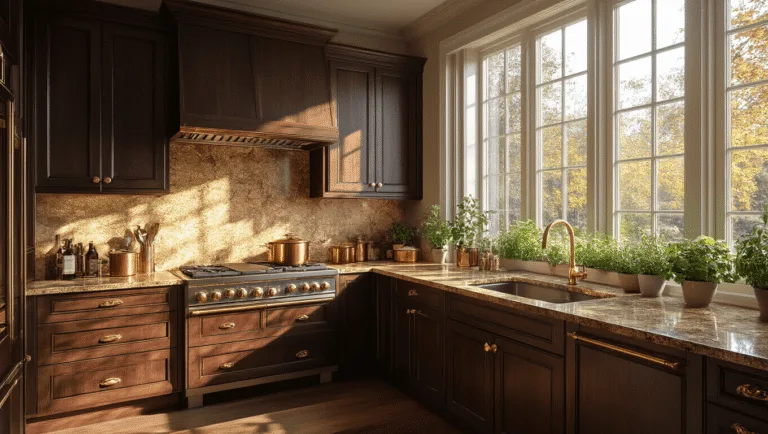This post may contain affiliate links. Please see my disclosure policy for details.
Wabi Sabi Table: Rustic Refinement
Contents
Hey there, fellow design enthusiasts!
Ever felt like your dining room needs a touch of zen-like charm? Well, buckle up because we’re about to dive into the world of Wabi Sabi tables – where rustic meets refined in the most delightful way possible.
A Personal Confession
Let’s start with a little confession: I used to be a perfectionist when it came to furniture. Every surface had to gleam, every edge had to be razor-sharp. But then I discovered the Wabi Sabi philosophy, and let me tell you, it was like a breath of fresh air in my stuffy, over-polished world.
What is a Wabi Sabi Table?
So, what exactly is a Wabi Sabi table?
Picture this: a beautiful wooden table that doesn’t hide its knots, grain patterns, or even its little imperfections. It’s like that friend who owns their quirks and somehow becomes even more charming because of them. These tables aren’t trying to be perfect – they’re perfectly imperfect, and that’s what makes them so darn special.
Key Features of a Wabi Sabi Table:
- Natural materials (think solid wood with visible character)
- Organic, often asymmetrical forms
- Earthy, neutral color palette
- Handcrafted touches that scream “made with love”
- Visible signs of age and wear (because wrinkles are beautiful on furniture too!)
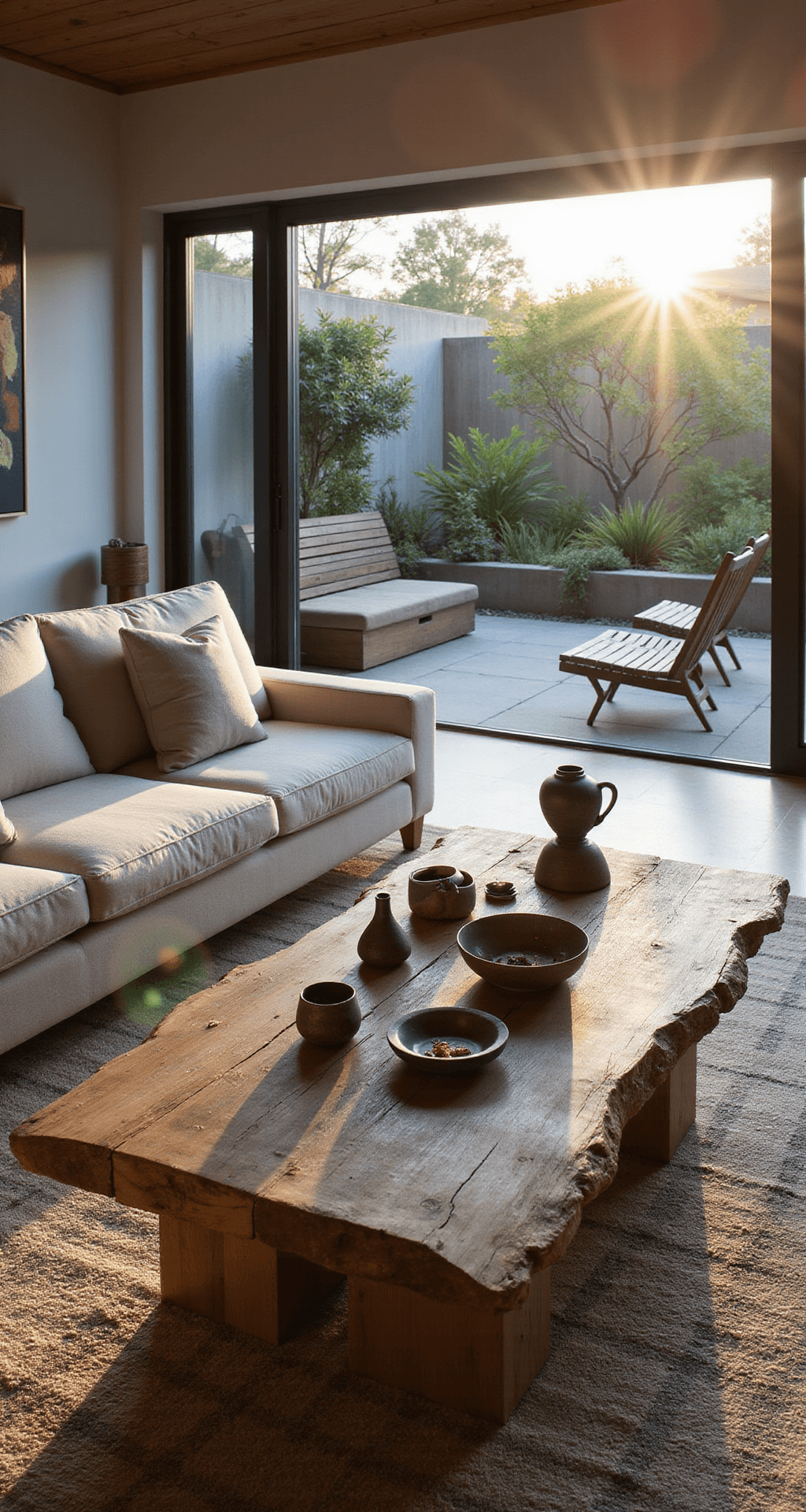
Rustic Refinement: The Wabi Sabi Way
Now, you might be thinking, “But isn’t that just… rustic?” Hold your horses, my friend! While there’s some overlap, Wabi Sabi takes rustic to a whole new level of sophistication. It’s like rustic went to finishing school and came back with a PhD in Zen.
Imagine a reclaimed wood dining table. It’s got character marks, sure, but it’s paired with mismatched chairs that each tell their own story. The tableware? Hand-thrown ceramics with subtle irregularities that make each piece unique. It’s not just rustic – it’s rustic with a side of “ooh la la”.
How to Style Your Wabi Sabi Table:
- Keep it raw: Don’t sand away all those beautiful imperfections!
- Go handmade: Think artisanal pitchers, hand-thrown plates, and naturally dyed linens.
- Bring the outdoors in: A simple branch can make a stunning centerpiece.
- Keep it loose: Avoid over-styling. Let your table breathe!
- Light it right: Soft, indirect lighting will make those textures pop.
Remember, a Wabi Sabi table isn’t just furniture – it’s a philosophy. It’s about finding beauty in imperfection, peace in simplicity, and joy in authenticity.
So, next time you’re tempted to buy that mass-produced, perfectly symmetrical table, why not consider going Wabi Sabi instead? Your dining room (and your zen) will thank you for it!
Now, if you’ll excuse me, I’m off to admire the new scratch on my Wabi Sabi coffee table. It’s not damage – it’s character development!

